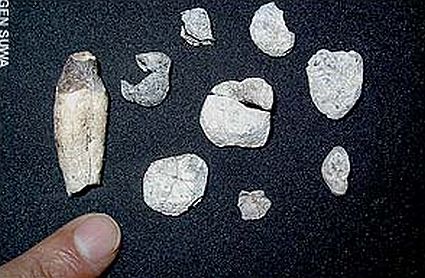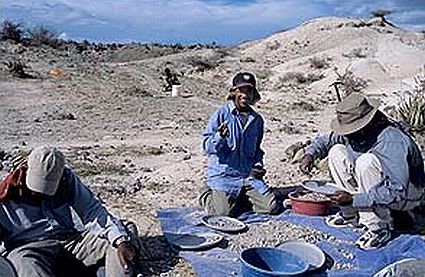
This discovery sure might revolutionize human evolution research! Fossil teeth found of a probable ancestor of living African great apes, might represent a previously unknown species of the apes that lived in Africa ten million years ago. Africa was the origin of both humans and modern African apes.
The find has resulted in scientists now believing that humans split away from a common ancestor with the apes earlier than 10.5 million years ago, instead of the previously thought eight million years ago.
For years, scientists have been unable to find fossils of direct ancestors of modern great apes in Africa dating back to between 8 million and 14 million years ago.
The Nine fossilized teeth found in Afar rift, in eastern Ethiopia, are believed to belong to an animal that has been named Cororapithecus abyssinicus by the Ethiopian-Japanese team.
They carried out cutting-edge 3D analysis of the molar tooth’s structure and found that both gorillas and the new species had a unique specialization for eating fibrous foodstuffs such as stems and leaves. Gorillas are unique among modern and fossil large-bodied apes in having molars that are specialized for shredding fibrous vegetation. The reason for this is that large-bodied gorillas depend on stems and leaves as an important part of their diet.

Dr Berhane Asfaw of the Rift Valley Research Service described the moment of the discovery:
It was our last day of field survey in February 2006, our sharp-eyed field assistant, Kampiro, found the first ape tooth, a canine. He picked it up and showed it to me, and I knew this was something new – Ethiopia’s first fossil great ape.
However, the conclusion does seem to have some skeptics in the science fraternity. Professor Peter Andrews, from London’s Natural History Museum, commented:
It is stretching the evidence to base a time scale for the evolution of the great apes on this new fossil.
These structures appear on at least three independent lineages of apes, including gorillas, and they could relate to a dietary shift rather than indicating a new genetic trait.
What ever the conclusion of further research might be, the find will surely provide new evidence to support theories. Africa sure is rich in fossil evidence, many of its troubled regions have just about become accessible to archaeologists, hopefully evidences of the past like this will not be bartered for money in its poorer regions. There have been plenty of significant discoveries including the oldest known, complete fossilized human skeleton, Lucy in Ethiopia. Jawbones and a skull from an early human ancestor were found in northeast Ethiopia earlier in the year. Other discoveries are still being made.
Image credits
Source: BBC


